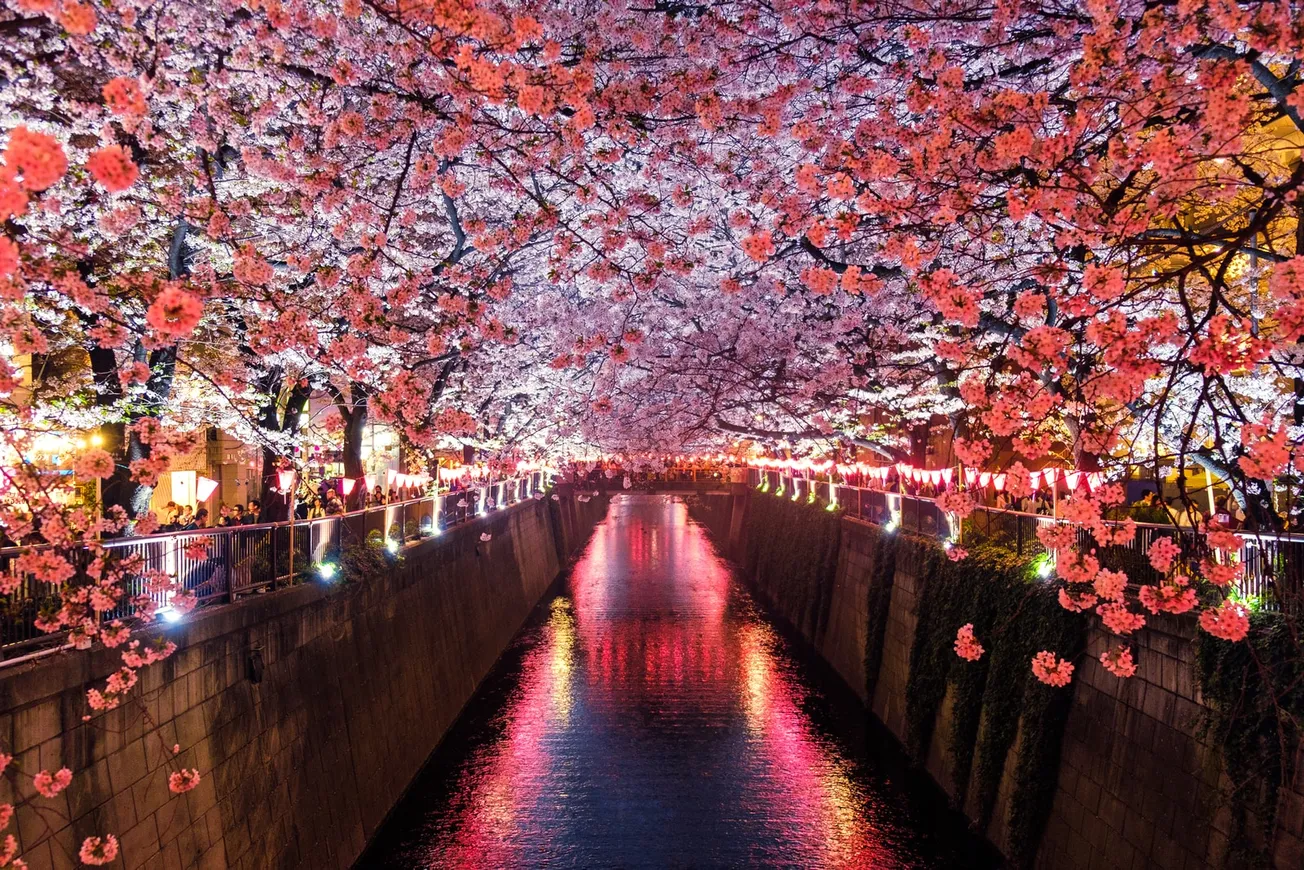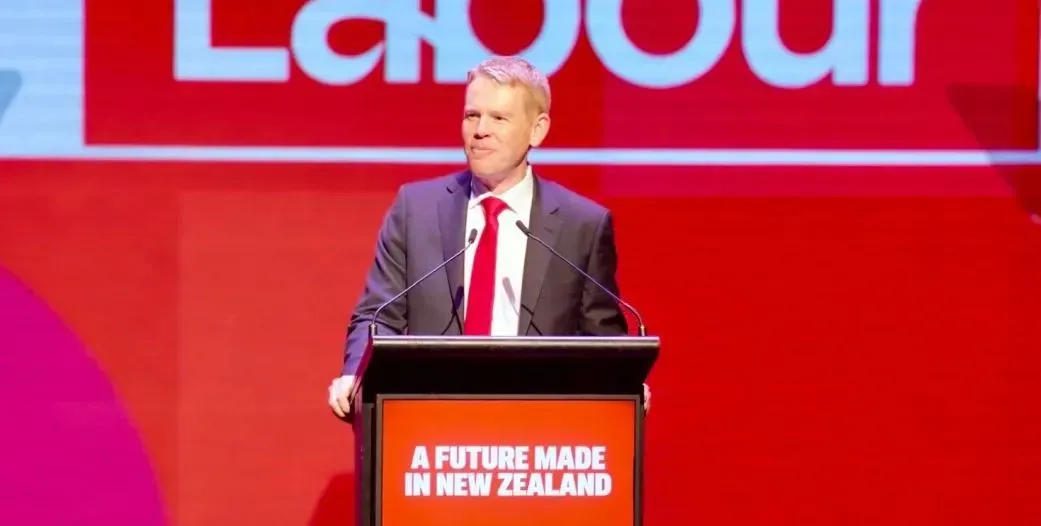Lawrence W. Reed
fee.org
Lawrence W Reed is FEE’s President Emeritus, Humphreys Family Senior Fellow, and Ron Manners Global Ambassador for Liberty, having served for nearly 11 years as FEE’s president (2008-2019). He is author of the 2020 book, Was Jesus a Socialist? as well as Real Heroes: Incredible True Stories of Courage, Character, and Conviction and Excuse Me, Professor: Challenging the Myths of Progressivism.
Mori Arinori of Japan (1847-1889) began his service as Japan’s first ambassador to the United States when he was just 24 years of age. Over the next 15 years until his death, he would also serve as the country’s ambassador to China and Great Britain and its Minister of Education.
Part 1 and part 2 of this series painted a portrait of Mori as a remarkable figure of the Japanese Enlightenment under the country’s Meiji Restoration, as well as a keen observer of the United States in the late 1860s and early 1870s. His book, Life and Resources in America, can be thought of as a Japanese version of Alexis de Tocqueville’s Democracy in America. This concluding segment offers a few more of his interesting perceptions of America.
In previous installments, I explained the unraveling of the ancien regime – known as the Tokugawa Shogunate – that ruled Japan from 1603 until the Meiji Restoration of 1868. Its economic policies kept Japan shrouded in feudalism and largely isolated from the world. In its final decades, the Shogunate destabilized Japanese society with a deliberate policy of monetary debasement as well, by repeatedly reducing the gold content of the principal monetary unit, the koban. It eventually abandoned gold in favor of a copper-based system so it could inflate even further.
After the Shogunate’s overthrow, the Meiji government inherited the immediate challenge of a raging price inflation. In 1871, the New Currency Act was passed which introduced the yen as the country’s medium of exchange and tied it firmly to gold. Silver served as subsidiary coinage. The word yen, by the way, means ‘round object.’
Mori Arinori played a role in the transition to sound money, according to my friend Hiroshi Yoshida, Professor of Chiba University of Commerce and Chair of the Institute of Public Sector Accounting in Tokyo:
The Meiji era began with inflation caused by the previous government’s excessive spending and currency debasement. Mori founded the Institute for Business Training specifically to nurture a new class of businesspeople who could build a free, noninflationary economy. Production of consumer goods and services, double-entry bookkeeping and honesty in both money and business, he believed, would modernize Japan’s economy faster and better than government planning.
A matter still in contention among historians today concerns the extent to which Mori Arinori personally embraced Christianity. He came to teach and practice a system of ethics that prompted more than a few of his countrymen to ask him if he was a Christian. Ivan Parker Hall, in his biography of Mori, cites his typical answer as “I endeavor to live so that men may think that I am a Christian,” which suggests he embraced the ethics but perhaps not the divinity of Christ. By all accounts, Mori lived a life of upstanding personal character, one that was at least deeply influenced by the way the most faithful Christians lived their lives.
Mori was born into a feudal and isolated Japan. However, the more he traveled and learned, the more passionate he became about what we today identify as the principles of “classical liberalism” – limited government, the rule of law, private property, free markets, and individualism. He came to admire private entrepreneurship as an engine of progress and innovation. Consider this observation he made based on his experience in America:
In none of the public schools of America are the foundation principles of commerce taught, and hence there have been established by private individuals what is called a “chain of commercial colleges.” These number not less than forty and extend from Maine to Louisiana. Their course of instruction is very complete and covers all that is necessary for a commercial life. And because this association is under one head, the regulations are such that a student, after completing a course of studies in one, may again take them up and pursue them at another school of the chain without additional expense.
Those American commercial colleges so impressed Mori that upon his return to the US, he founded Japan’s very first one. Today it is known as Hitotsubashi University. It is widely regarded as the best place in the country to study economics and one of the finest universities in the world. He also founded Meirokusha (Meiji 6 Society), Japan’s first intellectual society. It was an informal ‘think tank’ which published a journal of opinion to promote “civilization and enlightenment.”
The general understanding that most Americans have today of American education in the 19th century is that it was deficient until government arrived on the scene with its compulsory and publicly funded schools. In reality, something close to the precise opposite is true. Education was surprisingly and increasingly strong in our first century and over the last hundred years, government’s involvement in it has produced a national education crisis. (See my April 2020 article, The Myth that Americans Were Poorly Educated Before Mass Government Schooling.)
Coming from a country where the state historically monopolized education, Mori saw America’s much freer institutions as a model of accomplishment. “The most striking feature connected with the literature of America is the circulation of newspapers and magazines, which are read by all classes of the people.” In 1860, notes Mori, “it was estimated that the circulation of the newspapers alone amounted to 100,000,000.” The total population of America in 1860 was just 32 million. America, he observed, was a nation of readers:
The custom of reading books among the people of America is almost universal, far more so, it is said, than is the case in England or France. In every home, from that of the rich merchant down to the poorest farmer, may generally be found such collections of books as they desire or can afford to buy. And for those who cannot afford to purchase all they may wish to read, in the cities and towns everywhere they have circulating libraries where, for a small consideration, books may be read, or borrowed, to be read at home…In 1860, there were 27,730 libraries in the country, in which were collected nearly 14,000,000 volumes.
University of Alabama historian John E Van Sant explains that Mori’s perspectives on American government were not as positive as were his estimations of its private sector.
“He had seen in 19th century America how ‘direct’ democracy led to a spoils system where unqualified, incompetent, and uncultured people received government appointments simply because they supported a winning candidate for elective office,” writes Van Sant. “Individual liberties and rights were all well and good, but unqualified people of questionable character should not be running the government.”
Moreover, Mori was singularly unimpressed with lawyers in government. In his words:
The lawyers of the United States…have much to do with the making of the national laws, and the affairs of the general government. A competent American critic has said, how few of them have been students of political economy, of civil polity, and of universal history. This is painfully manifest from the legislative discussions they hold and the laws they enact.
Mori’s overall view of America was arguably as complimentary as that of Alexis de Tocqueville 40 years earlier. Our young nation, he wrote, was
…one of the wonders of the century and of the world. The extent of its domain and its unbounded resources, the peaceful blending of its many nationalities, the well-nigh unlimited diffusion of intelligence and knowledge, and the free, cosmopolitan character of its people, combine to give it a conspicuous position among the nations.
After his last ambassadorship (to Britain, from 1879–84), Mori returned to Japan and later became Minister of Education in the Meiji Cabinet. There, he advanced modern teaching methods, business education, and religious toleration. Mori steadfastly objected when other government ministers tried to push religious ideas such as Shintoism in the schools. “He had consistently believed,” writes Van Sant, “that religious beliefs were an individual matter and should not be promoted or hindered by the government.”
On February 11, 1889, Emperor Meiji announced the introduction of the Meiji Constitution. Inaugurating “modern Japan,” it was a public event of huge importance to the nation. Unfortunately, Mori did not live to see it.
Earlier that day, as Mori prepared to depart for the ceremonies at the Imperial Palace, a young man named Nishino Buntaro was granted his wish to see Mori to express his views on issues of the day. Seizing the moment, Nishino pulled a knife from his kimono sleeve and stabbed the education minister twice in the abdomen. Mori died within hours. The assassin’s motive was revenge for what he perceived as Mori’s dismissiveness toward traditional Shintoism.
The irony of Mori’s untimely death at age 41 was not lost on the Japanese. A man who had done so much to bring his country out of the shadows of feudalism to the light of modern freedom had fallen victim to those very shadows.
This article was originally published on FEE.org. Read the original article.









